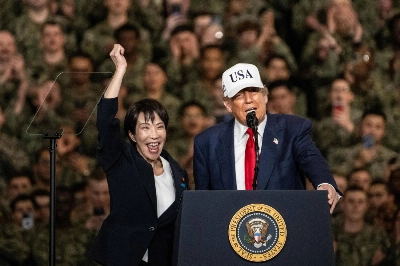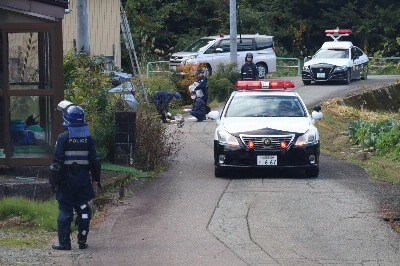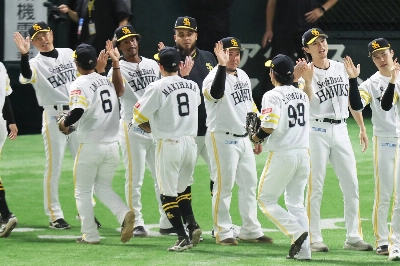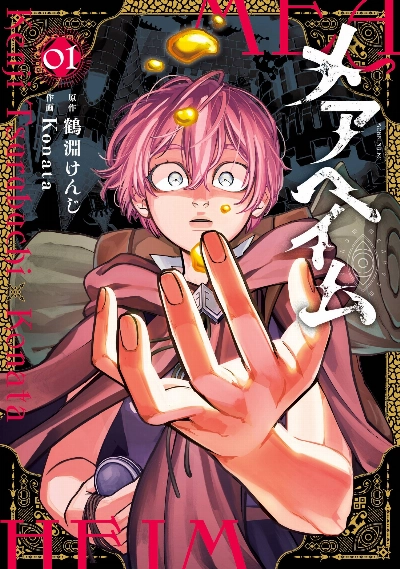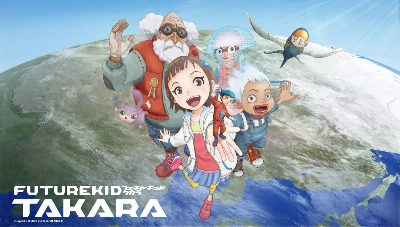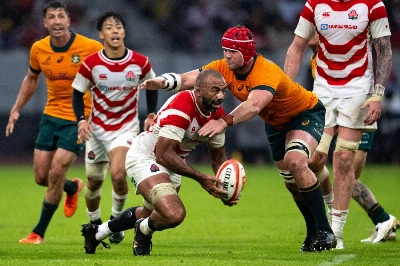Meta
Matthew Larking
Jun 15, 2006
Apr 27, 2006
Mar 16, 2006
Feb 2, 2006
Jan 12, 2006
Nov 24, 2005
Jun 29, 2005
Mar 23, 2005
Feb 2, 2005
Dec 8, 2004
Dec 3, 2003
Jan 29, 2003
Oct 30, 2002






















